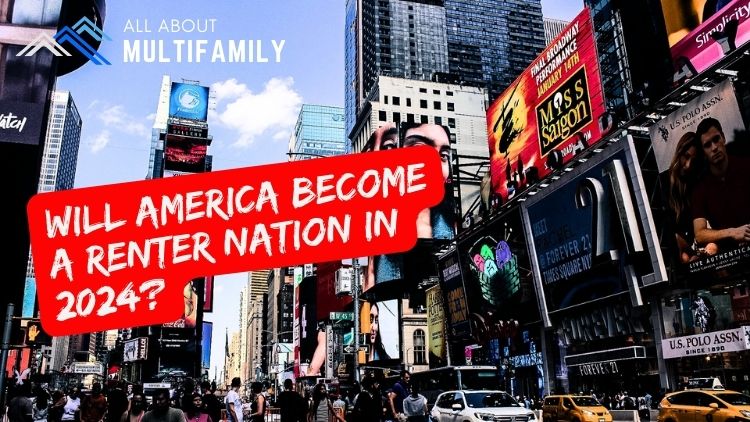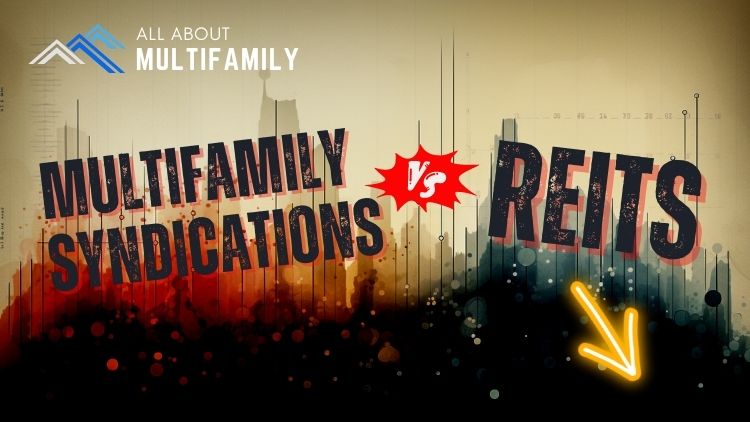As a multifamily investor, understanding and staying informed about demographic trends is essential for making informed investment decisions. Demographic shifts can have a significant impact on rental demand, property values, and overall profitability. In this article, we will explore key demographic trends that multifamily investors should consider, provide a case example with data analysis and examples, and present a comparative table to help you identify the implications of these trends on your investment strategy.
1. Urbanization and Millennials
Demographic Trend: Urbanization and the rise of the millennial generation have influenced rental demand patterns. Millennials, a large and influential demographic cohort, are increasingly opting to live in urban areas, seeking convenience, proximity to employment opportunities, and a vibrant lifestyle.
Implications for Multifamily Investors: Investors should focus on urban locations with high millennial populations, as these areas tend to experience strong rental demand. Properties with amenities and features that cater to millennials’ preferences, such as communal spaces, proximity to entertainment and dining options, and technological conveniences, are likely to be in high demand.
2. Aging Population and Senior Housing
Demographic Trend: The aging population, driven by the baby boomer generation, is a significant demographic trend that multifamily investors should consider. As the baby boomer cohort enters retirement age, there is a growing demand for senior housing options that offer safety, comfort, and accessibility.
Implications for Multifamily Investors: Investors should explore opportunities in the senior housing market segment, such as assisted living facilities, retirement communities, or age-restricted multifamily properties. These properties can provide stable cash flow and potential for long-term appreciation, given the increasing demand for senior housing.
3. Student Housing and Education Centers
Demographic Trend: The increasing number of students pursuing higher education has led to a rise in demand for student housing. Proximity to colleges, universities, and education centers has become a critical factor for students when choosing their accommodations.
Implications for Multifamily Investors: Investors can capitalize on the demand for student housing by targeting properties located near educational institutions. Offering amenities and features that cater to students, such as study areas, high-speed internet access, and proximity to campus, can make a property more attractive to this demographic.
Case Example: Demographic Trends and Multifamily Investments
Let’s consider a case example to illustrate the impact of demographic trends on multifamily investments.
Scenario:
Investor A is considering two multifamily properties for investment. Property 1 is located in a downtown area with a high concentration of millennials, while Property 2 is situated near a university campus with a significant student population.
- Property 1: 50 units in a downtown area with average monthly rent of $1,500 per unit.
- Property 2: 30 units near a university campus with average monthly rent of $1,200 per unit.
By analyzing the demographic trends, Investor A recognizes the potential rental demand from millennials in Property 1 and students in Property 2. They anticipate high occupancy rates and the possibility of rent growth due to the specific demographics attracted to each location.
Comparative Table: Demographic Trends and Multifamily Investments
Here’s a comparative table summarizing the key demographic trends and their implications for multifamily investors:
| Demographic Trend | Implications for Multifamily Investors |
|---|---|
| Urbanization and Millennials | Focus on urban locations with amenities appealing to millennials. |
| Aging Population and Senior Housing |
Explore opportunities in the senior housing market segment. |
| Student Housing and Education Centers | Target properties near colleges and universities with amenities catering to students. |
Conclusion
Keeping an eye on demographic trends is crucial for multifamily investors looking to maximize their investment returns. By understanding the impact of urbanization, the aging population, and student housing on rental demand and property values, investors can make informed decisions and target properties that align with these trends. The case example and comparative table provided insights into how demographic trends can shape investment strategies. Remember to conduct thorough market research, analyze local demographics, and consider long-term growth potential when making multifamily investments based on demographic trends.














































![An In-Depth Look at Jake and Gino's Coaching Program [A Review]](https://allaboutmultifamilyinvesting.com/wp-content/uploads/2023/10/AAM-BMP-Blog-Covers-750-×-422px-6.jpg)


![Email Marketing Tips for Multifamily Real Estate Syndicators to Raise Capital [Templates included]](https://allaboutmultifamilyinvesting.com/wp-content/uploads/2023/09/AAM-BMP-Blog-Covers-750-×-422px-4.jpg)






![The Richest Kids In America [Book Review]](https://allaboutmultifamilyinvesting.com/wp-content/uploads/2023/09/AAM-BMP-Blog-Covers-750-×-422px-84.jpg)
















